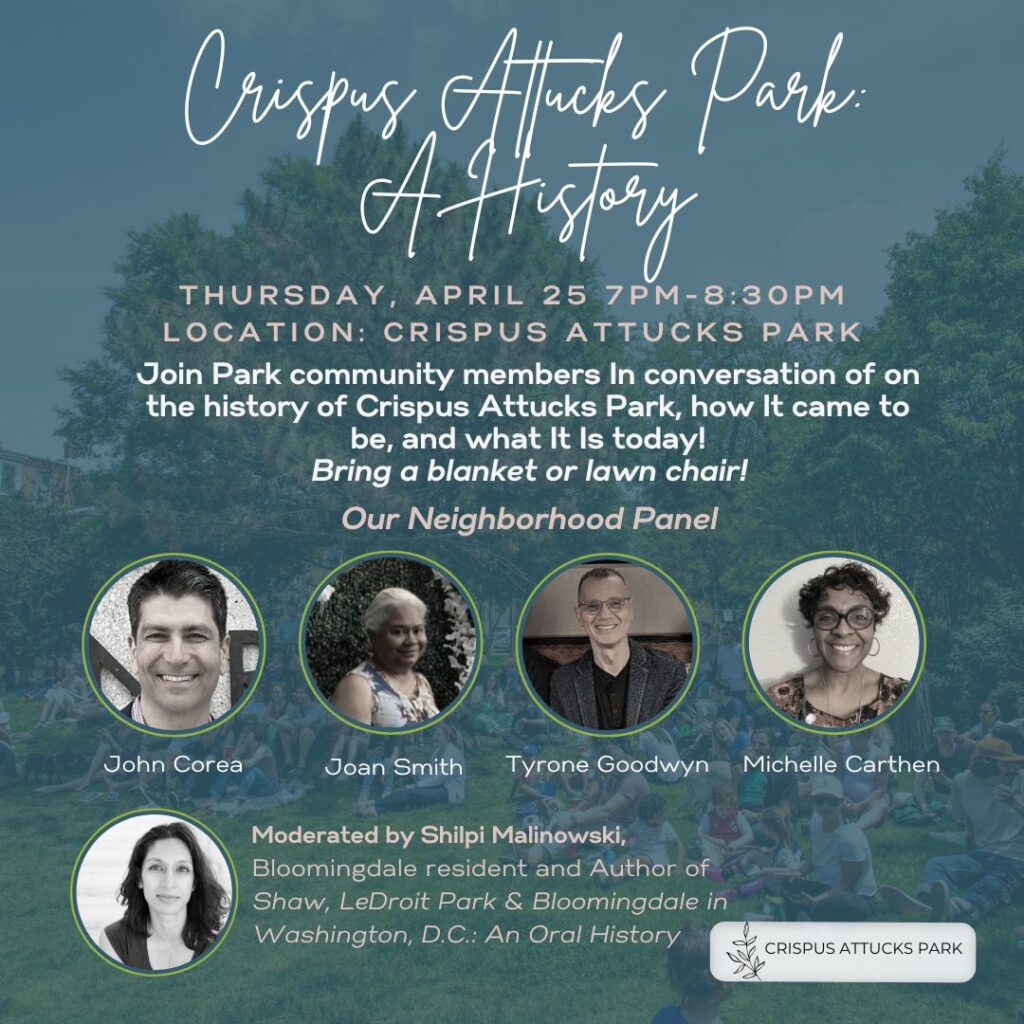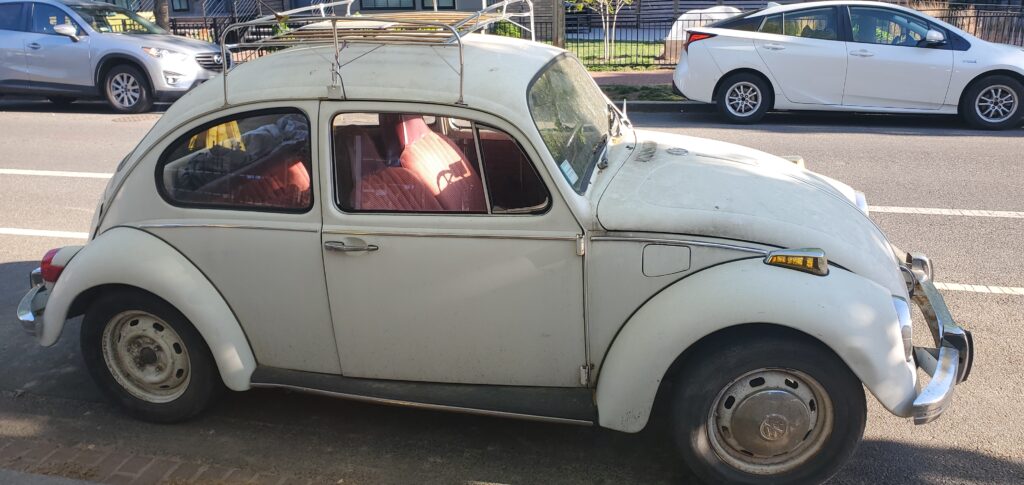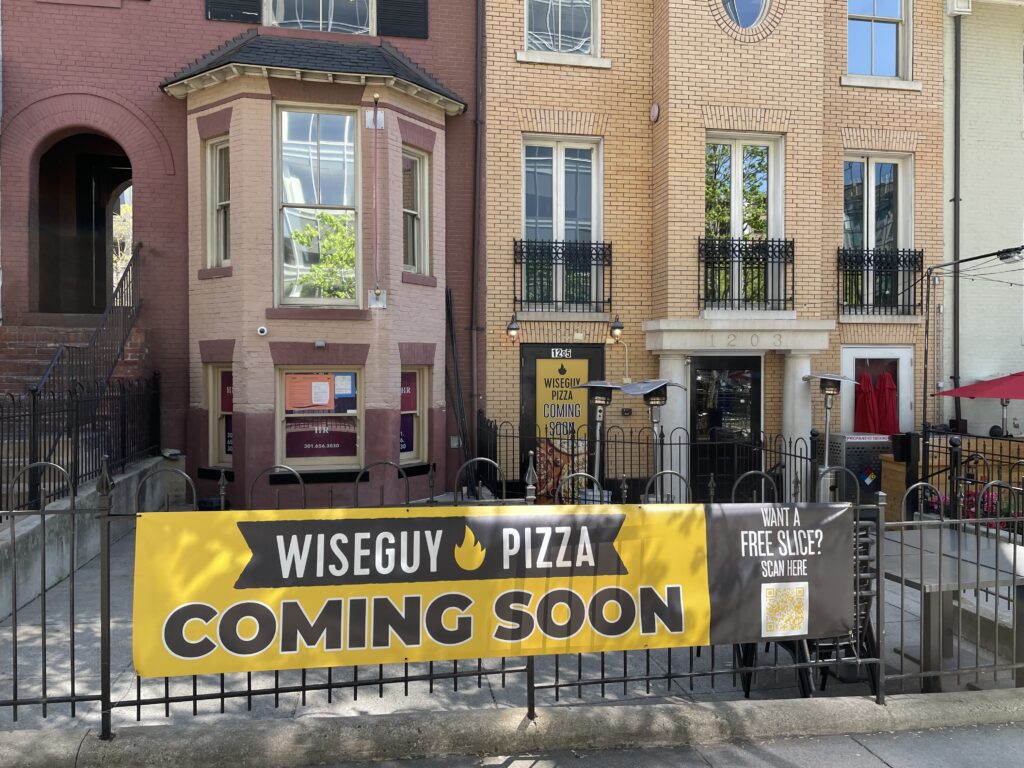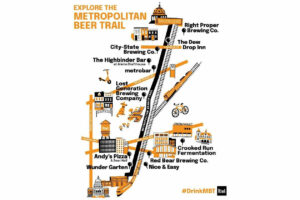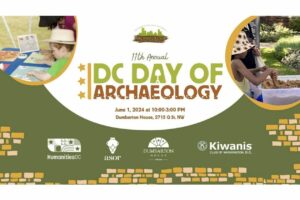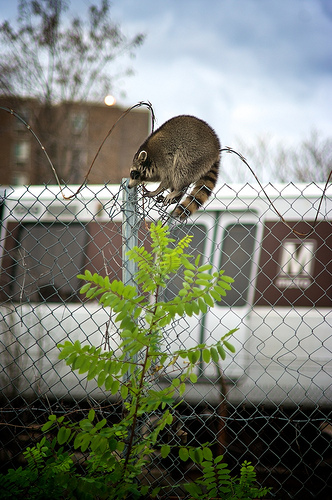
Photo by PoPville flickr user pablo.raw
Urban Wilds is written by Lela S. Lela lives in Petworth. You can read Lela’s previous post on Eastern Skunk Cabbage here.
Spoiled for choice, I struggled to decide what to write about in this post. I’ve been trying to keep installments focused on current phenomena and species that we have a better than usual chance of seeing in a given month, and spring is prime time for all kinds of nesting and blooming things. Then last week, reeling with serious jet lag, I looked at our cat pawing at my suitcase and saw a large raccoon instead. The hallucination only lasted a moment – but was it a sign? Two days later, jogging in Rock Creek, I ran past a large and very dead raccoon; down at the water’s edge, its little handprints were visible in the mud. I accepted this to mean that although they are with us all year round and not doing anything especially interesting right now, the universe would evidently like a post on raccoons.
Raccoons are smart, adaptable generalists that live equally well in urban and rural habitat. They have a storied history in DC: the Coolidge White House kept two pet raccoons (emphatically not recommended) and trotted them out for Easter egg rolls. A 1998 study found extremely high densities in parts of Rock Creek Park – estimated at 333 raccoons per square kilometer! – and they are widespread throughout the city, sometimes sheltering in abandoned houses. Anyone trying to grow vegetables on their roof will probably have experienced raccoon-related losses: they’re omnivores, and eat everything from crayfish to berries to garbage. They have few natural predators in our area (although Great Horned Owls will prey on baby raccoons) and are probably most susceptible to cars and to a range of diseases including canine distemper and rabies. The one I passed while out jogging was almost certainly a traffic fatality.
Raccoons have an unusually wide range of body weights in the wild, from 4-30 lbs (though more commonly 8-20 lbs, with some freakishly large individuals clocking in at over 60 lbs). It’s not unusual for them to lose up to half their weight in winter: while they don’t hibernate, in cold weather they will sleep for long periods of time to conserve energy. Their tracks, in mud, snow, or sand, are distinctive: both front and hind paws have five digits, and the front paws, usually 2-3 inches long, look very much like little human handprints. Raccoon ‘hands’ are quite dexterous and become markedly more sensitive when wet. The species’ Latin name, Procyon lotor, refers in part of their habit of “washing” their food: a raccoon will carry food items down to a stream or pond to manipulate them underwater. It’s now thought that this is done partly because the raccoon can perceive the food better with wet hands. Their sense of hearing is also excellent: supposedly, they can hear earthworms moving underground, although I’ve been unable to verify this.
You can see raccoons almost anywhere in DC. They’re mostly nocturnal, but roam and browse for food during the day as well.
Recent Stories

Photo by Beau Finley Ed. Note: If this was you, please email [email protected] so I can put you in touch with OP. “Dear PoPville, Him, dapper chap with a light…

For many remote workers, a messy home is distracting.
You’re getting pulled into meetings, and your unread emails keep ticking up. But you can’t focus because pet hair tumbleweeds keep floating across the floor, your desk has a fine layer of dust and you keep your video off in meetings so no one sees the chaos behind you.
It’s no secret a dirty home is distracting and even adds stress to your life. And who has the energy to clean after work? That’s why it’s smart to enlist the help of professionals, like Well-Paid Maids.

Unlock Peace of Mind for Your Family! Join our FREE Estate Planning Webinar for Parents.
🗓️ Date: April 25, 2024
🕗 Time: 8:00 p.m.
Metropolitan Beer Trail Passport
The Metropolitan Beer Trail free passport links 11 of Washington, DC’s most popular local craft breweries and bars. Starting on April 27 – December 31, 2024, Metropolitan Beer Trail passport holders will earn 100 points when checking in at the
DC Day of Archaeology Festival
The annual DC Day of Archaeology Festival gathers archaeologists from Washington, DC, Maryland, and Virginia together to talk about our local history and heritage. Talk to archaeologists in person and learn more about archaeological science and the past of our


